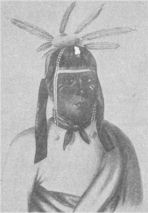Narrative of the captivity of Alexander Henry, Esq – Indian Captivities
Narrative of the captivity of Alexander Henry, Esq., who, in the time of Pontiac’s War, fell into the hands of the Huron Indians. Detailing a faithful account of the capture of the Garrison of Michilimacki-Nac, and the massacre of about ninety people. Written by himself. When I reached Michilimackinac I found several other traders, who had arrived before me, from different parts of the country, and who, in general, declared the dispositions of the Indians to be hostile to the English, and even apprehended some attack. M. Laurent Ducharme distinctly informed Major Etherington that a plan was absolutely conceived for … Read more



